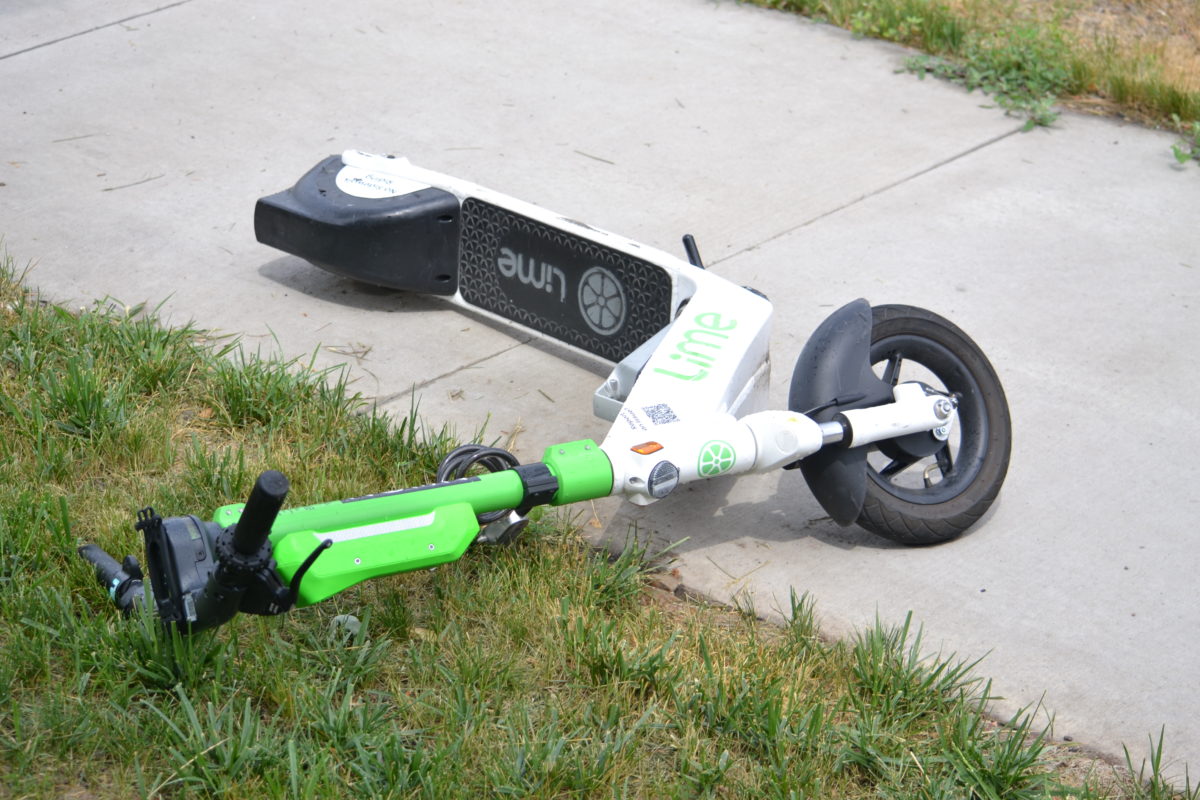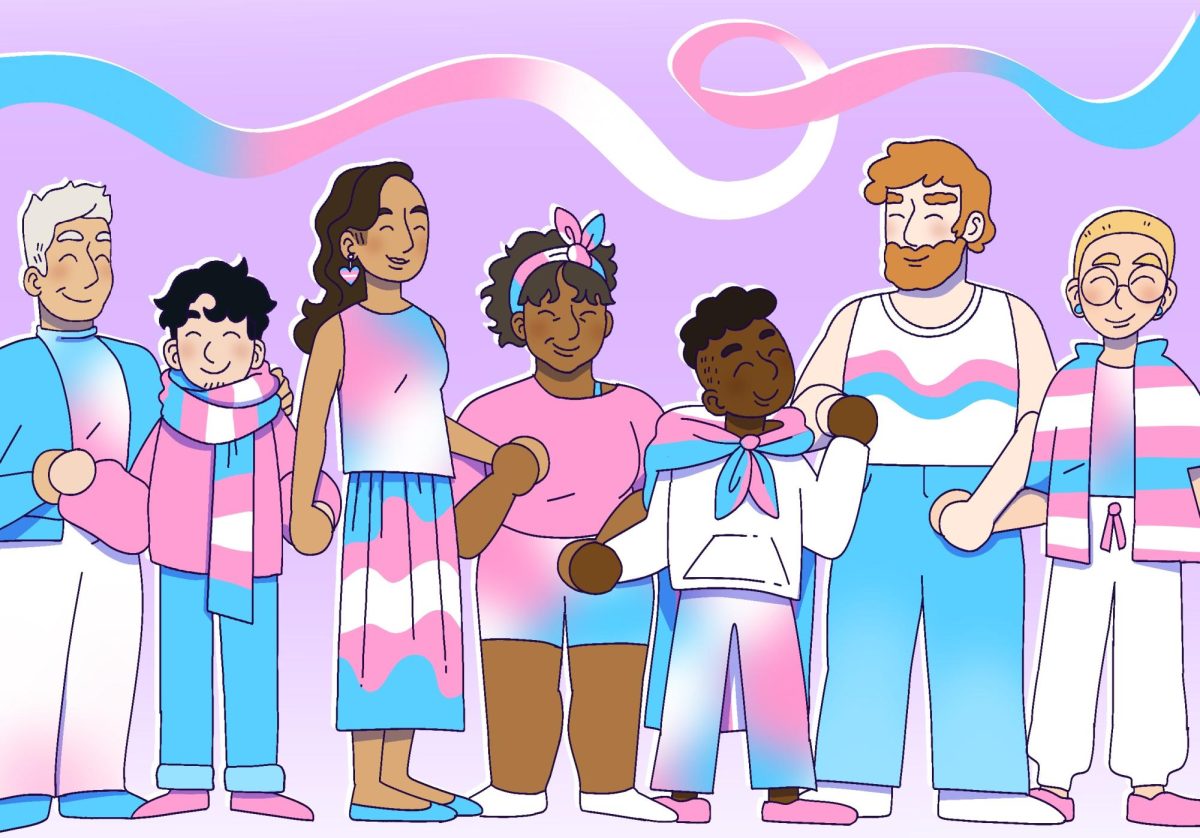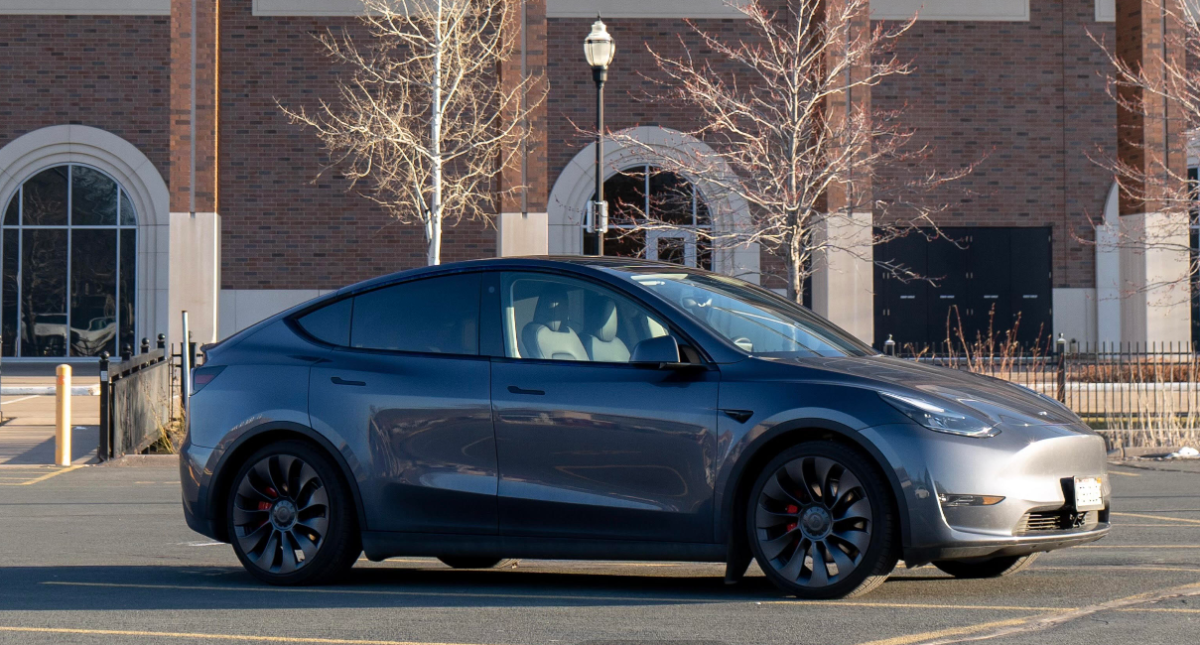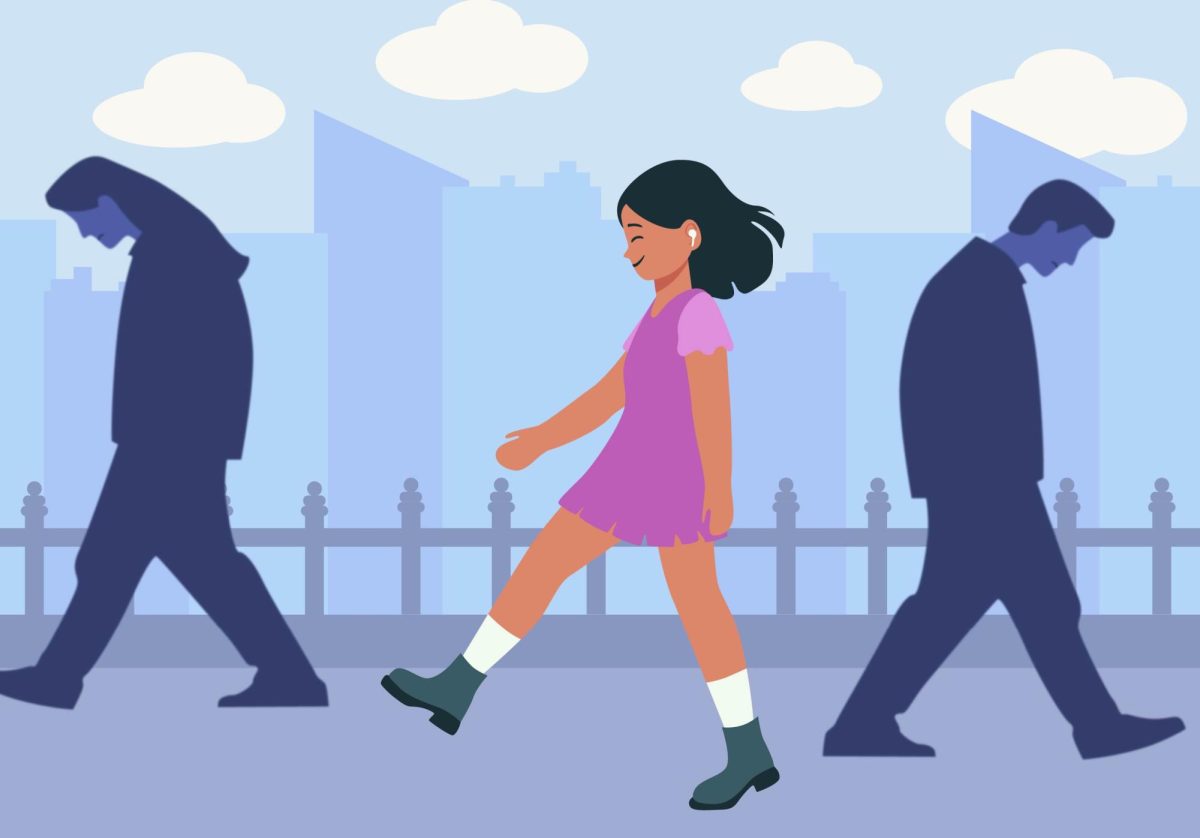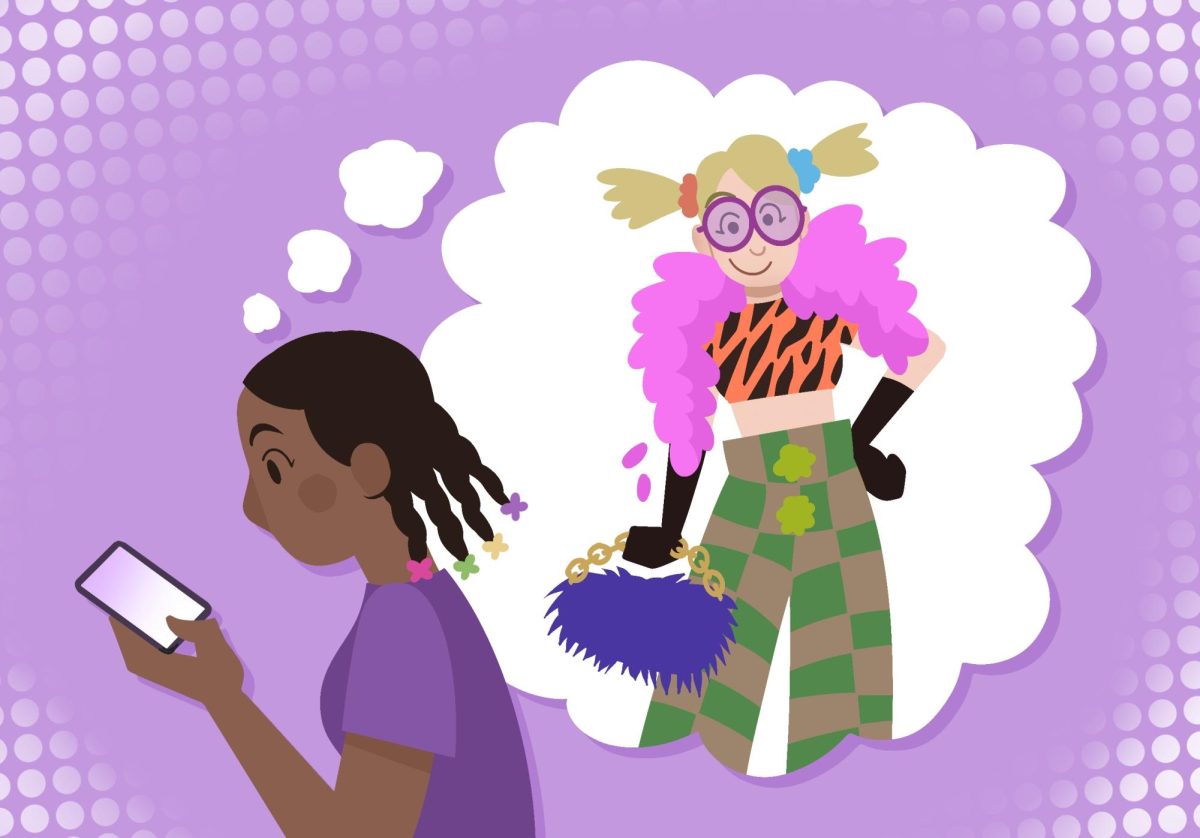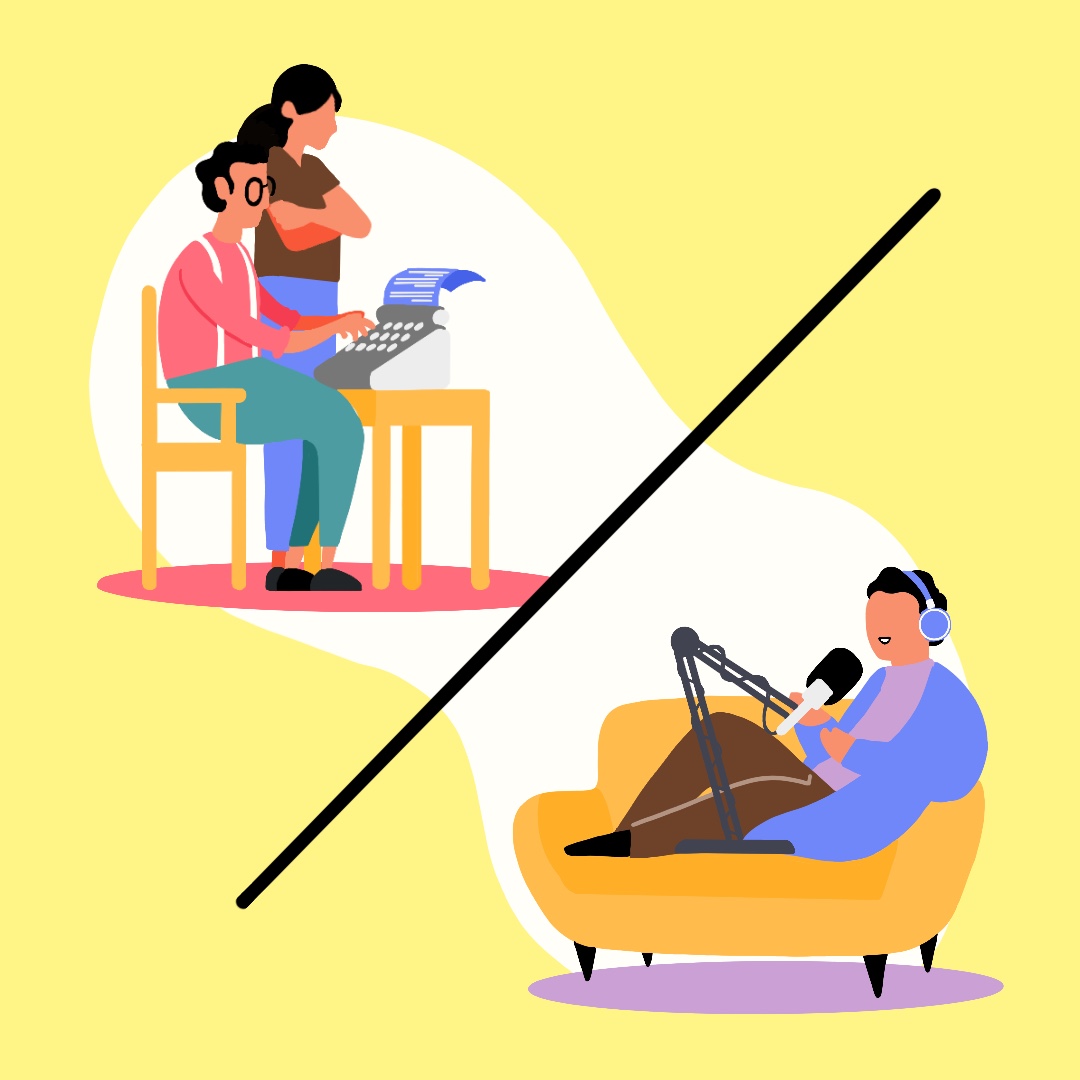Spring arrived in Minneapolis and the Nice Ride bike share disappeared.
Over the winter, Blue Cross Blue Shield, the program’s primary corporate sponsor, pulled its funding, ending the longstanding bike share’s contract with the city.
In its place, a flurry of companies stepped in to ensure Minneapolis riders would have options available this summer, and here they are. Several different, brightly-colored fleets of branded e-bikes and e-scooters now litter the streets.
I finally tried out the new system on a sunny, breezy day at Lake Bde Maka Ska. I rented an e-bike for my partner but had to trot several blocks away to find a matching scooter so we could initiate a group ride from the same app. Less than a minute into our trip, we found that the e-bike my partner rode wasn’t working. The app said the bike was at least halfway charged, but the motor didn’t kick in when pedaling.
I walked down to a second scooter down the path. This one, despite a two-thirds-full battery, only operated at half the speed of the other.
On and on the ordeal went. We spent at least an hour searching for a pair of e-bikes or e-scooters to ride. We combined different apps, picked up random scooters left on the side of the path and paid a string of rental fees for rides we had to cancel after less than five minutes.
One brand’s e-bikes wouldn’t even let me rent them. Each of the four bikes I tried only offered me an error message in the app. None were available to be rented, though not for lack of charging.
The e-bikes and e-scooters had a host of problems. Their geolocation was imprecise, often claiming we were riding on the sidewalk when we weren’t. They were poorly maintained. They were all only partially charged.
And they were expensive.
“It’s really cost prohibitive,” said Alex Burns, advocacy and policy manager for Our Streets Minneapolis. “It is one thing if you want the bike share to serve tourists that are here for a long weekend and want to take a bike ride around the lakes. But if you want this to actually be a mobility option that serves the residents of Minneapolis, most people are not going to consistently pay that.”
Without docks, it was difficult to predict where one might be available to rent, especially if looking for more than one at a time. Most of these micro-mobility vehicles use a lock-to method, allowing riders to end their trips anywhere, so long as they can lock their e-scooter or e-bike to a rack.
In practice, this allows riders to lock an e-scooter to trash cans, benches, railings or even nothing at all. Several scooters I ran into were missing their locks altogether, wires poking out where the locks had been cut off.
There are a slew of other flaws, both in the individual bikes and scooters and in the broader system.
“One of the things that has been a long-standing problem is the lack of coordination between St. Paul and Minneapolis,” said Elissa Schufman, director of strategic partnerships for Move Minnesota.
This problem dates back to at least 2018 when St. Paul exchanged its Nice Ride contract for one with Lime. Only a few months later, that contract also fell through.
Schufman says the lack of a unified system across both cities is a barrier to people’s transportation.
“I know that folks between those jurisdictions have tried for a very long time to coordinate and we haven’t been successful at that,” Schufman said. “But people in St. Paul want to go to Minneapolis and people in Minneapolis want to go to St. Paul.”
It’s hard not to miss what Nice Ride offered: reliable docks, well-maintained bikes and an affordable price point with options for low-income residents through the Nice Ride for All program.
“I feel like the Nice Ride system, both for myself and for my friends, was not just a novelty, but a core part of our mobility options,” Burns said. “It was relatively affordable, it was reliable. It was evenly distributed, for the most part, across the city.”
I won’t say that I’ve sworn off using these new e-bikes and e-scooters. When they finally worked, they did work. But on a day-to-day basis, the point is moot — since the Nice Ride docks were removed, there are almost never any bikes or scooters available in my neighborhood.
“There’s a fundamental problem with running a bike share system for profit and by a private corporation or through private-public partnerships that rely on a for-profit model,” Burns said, noting that it’s poorer neighborhoods and already marginalized communities who suffer the most. “With the need to provide people with affordable mobility options and the need to dramatically drive down our transportation emissions, it’s a no-brainer to make this a major public investment by the city.”
As far as transportation in the Twin Cities beyond the bike share system goes, Schufman is hopeful.
“This is actually a very exciting time for bicycling in Minneapolis because of all of the outcomes of the Minnesota legislative session,” Schufman said. “As part of our dedicated advocacy initiatives, [Move Minnesota] secured dedicated metro area funding for walking, biking and transit. That means the metro area is going to be getting about $60 million we didn’t have before to invest in walking and biking infrastructure, which is very cool.”
Both Burns and Schufman also praised Minnesota’s adoption of an e-bike rebate program to incentivize purchases of electric bicycles. The program could offer a rebate of up to $1500 on the value of a new e-bike.
No one had answers for me about whether Nice Ride could come back, either in its former glory or in a newer, better incarnation. Some things are impossible to predict.
For now, it’s clear that riders in Minneapolis deserve a better system than this one. Once again, I have to ask: why do companies’ for-profit motivations determine whether I can get around? At what point will we realize this is a failed experiment, that corporations cannot make up for the stable, consistent investment that government funding can provide for public goods?
“Nice Ride proved for our region that there is demand for ongoing regional bike share,” Schufman said, referencing the pre-2018 days when the Nice Ride system covered both of the Twin Cities. “We really do need to figure out how we get grounded in the fact that biking, like other forms of mobility, is a public good and bike share is a public good. And nobody seems to have figured out exactly how to do that yet.”


